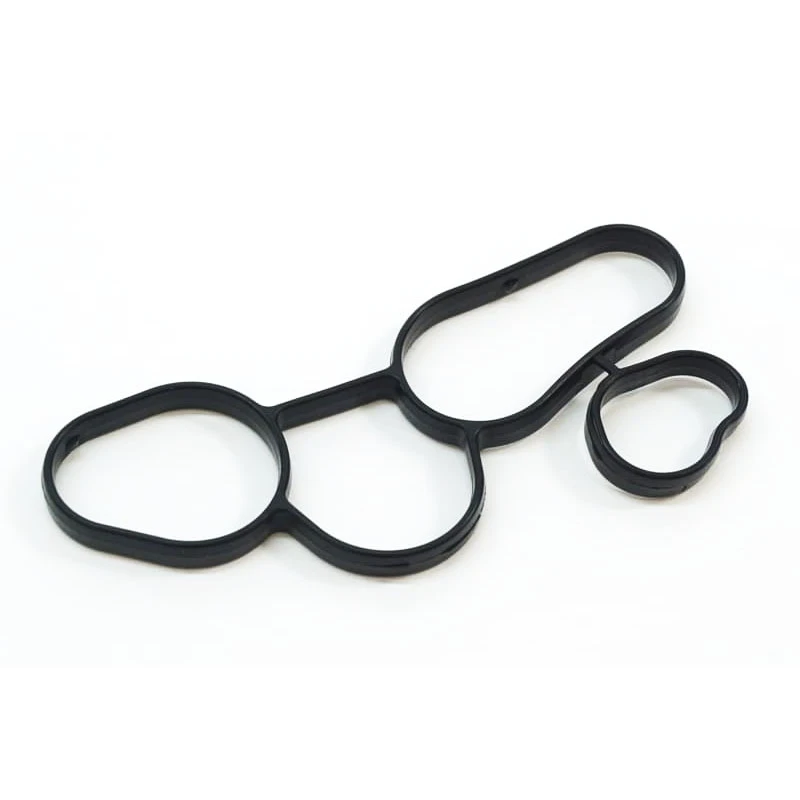steering seal kit
Understanding Steering Seal Kits An Essential Component for Vehicle Maintenance
When it comes to vehicle maintenance, some parts often go unnoticed until they fail. One such component is the steering seal kit, which plays a crucial role in ensuring the smooth operation of a vehicle’s steering system. This article aims to provide a comprehensive understanding of steering seal kits, their importance, and how to effectively maintain them.
What is a Steering Seal Kit?
A steering seal kit is a collection of seals and gaskets designed to prevent fluid leakage in the steering system of a vehicle. The steering system is responsible for providing drivers with the ability to control the direction of their vehicles. It typically consists of several elements, including the steering gear, power steering pump, and various connecting hoses. The seal kit includes components such as O-rings, lip seals, and dust seals, all of which work together to maintain the integrity of the system.
Importance of Steering Seal Kits
The primary function of a steering seal kit is to ensure that power steering fluid remains contained within the system. Power steering fluid is essential for assisting with steering control, especially in larger vehicles that require more effort to turn the steering wheel. If the seals in this system begin to degrade or fail, fluid can leak out, leading to a decrease in steering performance. This can result in difficulty steering the vehicle, increased wear on the steering components, and ultimately, a potential safety hazard.
Additionally, leaks can lead to more serious issues, including damage to the power steering pump or the steering gear itself. Repairing these components can be significantly more expensive than simply replacing a worn-out seal kit. Therefore, regular inspection and maintenance of steering seal kits should be a priority for vehicle owners.
Signs of Wear and Tear
Recognizing the signs of a failing steering seal kit can save time and money in the long run. Some of the most common indicators include
steering seal kit

1. Fluid Leaks The most obvious sign of a failing seal is the presence of power steering fluid leaking onto the ground or under the hood of the vehicle.
2. Steering Difficulty If you notice increased resistance when turning the steering wheel, it may be a sign that the fluid level is low due to leaks.
3. Unusual Noises A whining or groaning sound when turning can indicate that the power steering pump is working harder than it should due to insufficient fluid.
4. Contaminated Fluid If you check your power steering fluid and find it is dirty or has a burnt smell, this may be a sign that the seals are failing and allowing contaminants to enter the system.
Maintenance and Replacement
Maintaining the steering seal kit is relatively straightforward. Regularly check the power steering fluid levels and inspect for any signs of leaks or damage. If you notice any issues, it’s best to address them immediately to prevent further damage.
Replacement of a steering seal kit is also a critical aspect of maintenance. If you suspect that your seal kit is failing, it’s advisable to consult a professional mechanic. While some vehicle owners may feel comfortable attempting to replace the seals themselves, improper installation can lead to further issues.
Conclusion
In summary, steering seal kits are integral to the smooth operation and safety of a vehicle’s steering system. Understanding their function and knowing the signs of wear can help vehicle owners take proactive measures to maintain their steering systems. Regular inspections and timely replacements of steering seal kits can prevent leaks, improve steering performance, and save on costly repairs in the long run. By prioritizing the maintenance of your vehicle’s steering components, you ensure a safer and more enjoyable driving experience.
-
Understanding the Front Main Engine Seal: Purpose, Maintenance, and Installation
News Jul.29,2025
-
Understanding O-Rings and Seal Rings: Types, Applications, and Custom Solutions
News Jul.29,2025
-
Understanding Crankshaft Oil Seals: Rear Seals, Pulley Seals, and Their Role in Engine Integrity
News Jul.29,2025
-
The Importance of Front and Rear Crankshaft Seals in Engine Performance and Oil Management
News Jul.29,2025
-
Crank Oil Seals: Functions, Types, and Cost Considerations in Engine Maintenance
News Jul.29,2025
-
A Comprehensive Guide to O-Rings and Seals: Types, Materials, and Global Applications
News Jul.29,2025
-
Mastering Diesel and Performance Engine Maintenance: A Guide to Critical Oil Gaskets
News Jul.28,2025
Products categories















